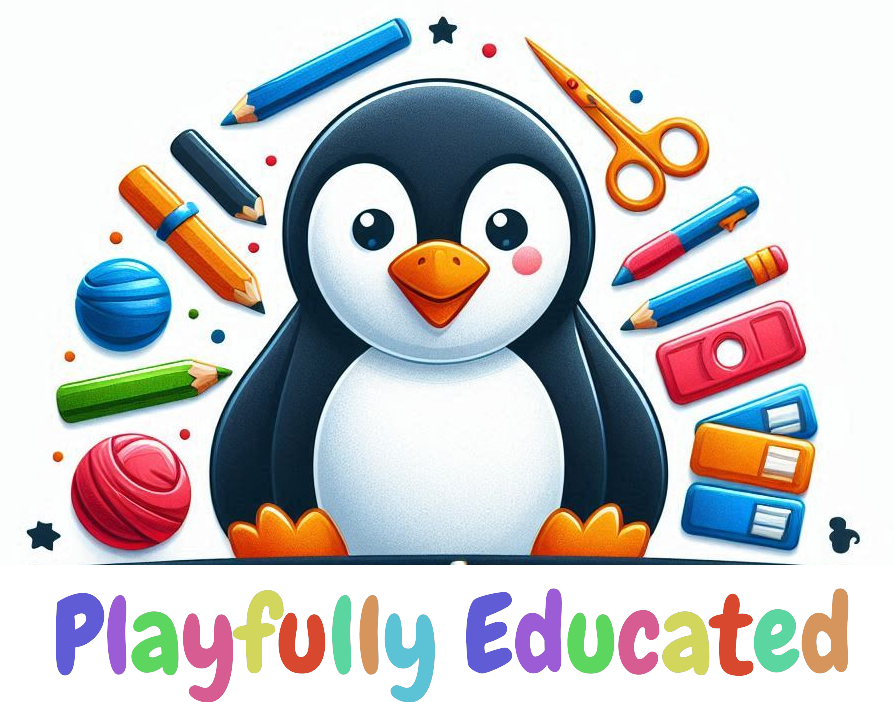
Lost on how to help your child’s language development? Here’s tips to help them start talking and raising their vocabulary.
Disclaimer: All Children develop differently, and these are ways to encourage language development. If you have concerns about your child, please speak to a medical professional.
1. Read
Read, read, read! I cannot overstate how essential reading is for your child’s language development. Just a few minutes a day can introduce them to hundreds of new words, expanding their vocabulary and deepening their understanding of language. Even if your child is still in the babbling stage, hearing a variety of words is crucial for building strong communication skills.
And reading doesn’t have to mean just books! You can weave it into everyday moments—pointing out road signs while driving, reading food labels at the grocery store, exploring restaurant menus while waiting for a meal, or even scanning sales signs together. These little moments add up, making reading a natural, engaging part of your child’s world.
2. Talk
Talking with your child is a powerful way to support language development. Even if they aren’t responding yet, asking questions and pausing for a moment allows them to absorb conversational patterns and eventually join in.
One easy technique is self-talk—narrating what you’re doing as you go about daily routines. It might feel a little silly at first, but hearing words in context helps build your child’s understanding. Simple phrases like, “I’m getting out the eggs and bread to make you breakfast” or “Mommy/Daddy is getting your bath ready” turn everyday moments into language-rich opportunities.
The best part? Self-talk requires no extra effort—just say what you’re already doing out loud, and you’ll naturally boost your child’s exposure to language.
3. Ask Questions
Encouraging conversation through questions is a wonderful way to help your child develop language skills. Simple prompts like “Can you tell me about what you’re building?” or “I see you’ve used red and blue—what other colors will you add?” invite them to express their thoughts and expand their vocabulary.
Play is learning, and every moment offers an opportunity to strengthen both language and connection. Get down to their level, join in their activities, and use rich, descriptive words to introduce new concepts. For example, instead of saying, “You built something”, try “I see you constructed a tower!” or “What did you discover while looking through the magnifying lenses?”
By asking thoughtful questions and incorporating more advanced vocabulary, you’re helping your child build confidence in communication while making learning fun and interactive.
4. Use Songs and Nursery Rhymes
Many children love to sing and dance along and there is a world of great music free to use on YouTube. Things to look for in a song are repeated lyrics, easy-to-follow tunes, and songs with a dance or movements. If you don’t have internet or would rather be technology-free Nursery rhymes that you remember from your childhood or that you have learned along the way are always an option. Remember to have fun with it!
